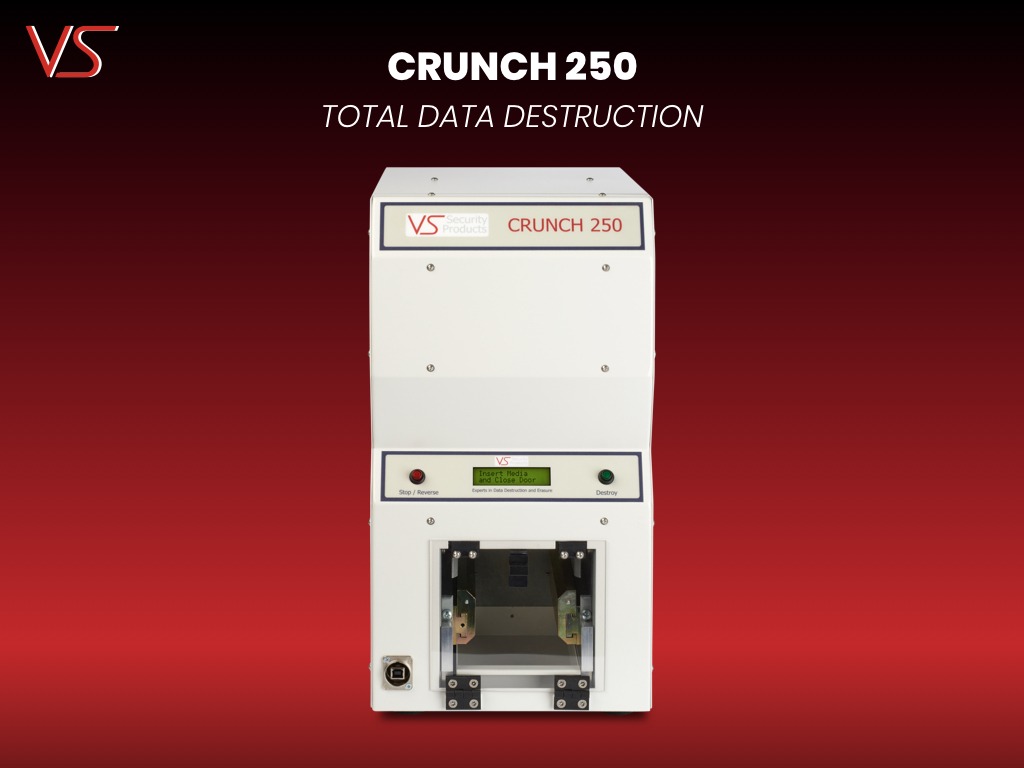NIST and the Crucial Role of Data Sanitization in Today’s Digital World

The National Institute of Standards and Technology (NIST) plays a vital role in ensuring the security and integrity of information systems across the United States. One crucial aspect of this mission is the proper sanitization of data, especially when electronic storage devices reach their end-of-life.
Data breaches and unauthorized access to sensitive information are constant threats in our increasingly digital world. Even seemingly innocuous devices like old hard drives or USB sticks can harbor a wealth of confidential data — financial records, personal information, intellectual property — long after their primary use has ceased. Here’s where NIST comes in with its guidance on data sanitization.
Understanding NIST and Its Role in Cybersecurity
NIST is renowned for its comprehensive cybersecurity framework, which includes guidelines and standards designed to protect sensitive data throughout its lifecycle within an organization. NIST Special Publication 800–88, also known as “Guidelines for Media Sanitization,” provides a comprehensive framework for organizations to securely erase data from various storage media. This publication outlines different sanitization methods and categorizes them based on the level of security required. By following NIST 800–88, organizations can significantly reduce the risk of data breaches and ensure compliance with relevant data protection regulations.
The Pitfalls of Ignoring Data Sanitization Frameworks
Ignoring frameworks like NIST 800–88 can lead to significant risks:
- Data Breaches: Inadequate data sanitization can result in data being recovered by unauthorized parties, leading to breaches and the exposure of sensitive information.
- Regulatory Penalties: Failing to comply with data protection regulations can result in hefty fines and legal consequences.
- Reputational Damage: Data breaches can severely damage an organization’s reputation, eroding customer trust and impacting business operations.
Why is Data Sanitization Important?
There are several compelling reasons why data sanitization is essential in today’s digital landscape:
- Protecting Sensitive Information: Data breaches can have devastating consequences, leading to financial losses, reputational damage, and even identity theft. Sanitization ensures that sensitive data is truly unrecoverable, even by sophisticated attackers.
- Compliance with Regulations: Many data privacy regulations, like HIPAA and GDPR, mandate that organizations implement appropriate safeguards to protect personal information. Data sanitization is a key component of demonstrating compliance with these regulations.
- Environmental Sustainability: Reusing storage devices instead of resorting to physical destruction is a more environmentally friendly approach. Secure data sanitization allows for the responsible reuse of electronic media, promoting a more sustainable IT lifecycle.
- Maintaining Data Privacy: Even after an individual or organization no longer needs a particular device, the data stored on it might still hold privacy value. Sanitization ensures that this data is permanently erased, protecting individual privacy rights.
NIST 800–88: Choosing the Right Sanitization Method
NIST 800–88 outlines three primary data sanitization categories, each offering a different level of security:
- Clear: This method involves overwriting user-addressable storage locations with a specific data pattern. It offers a moderate level of protection against basic data recovery techniques.
- Purge: This category utilizes more sophisticated methods like multiple-pass overwriting or cryptographic erasure to render data recovery highly improbable, even with advanced tools.
- Destroy: In situations where the data is exceptionally sensitive, or the media is physically damaged, physical destruction of the storage device might be the recommended approach.
Beyond NIST 800–88: Additional Considerations
While NIST 800–88 provides a valuable framework, organizations should consider additional factors for comprehensive data sanitization:
- Type of Storage Media: Different media types (hard drives, SSDs, flash drives) may require specific sanitization techniques for optimal effectiveness.
- Data Sensitivity: The level of sanitization required should be proportionate to the sensitivity of the data stored on the device.
- Verification and Reporting: Implementing methods to verify successful sanitization and maintaining detailed records are crucial for ensuring accountability.
Conclusion
Data sanitization is a critical security practice in today’s digital age. By following the guidance outlined in NIST 800–88 and implementing appropriate sanitization procedures, organizations can significantly reduce the risk of data breaches, ensure compliance with regulations, and promote a more sustainable IT environment. As the amount of data we generate continues to grow, the importance of responsible data sanitization will only become more pronounced.
Get insights into the most suitable data sanitization equipment for your business by contacting our experts: [email protected]
Photo credit: Andrea Piacquadio


